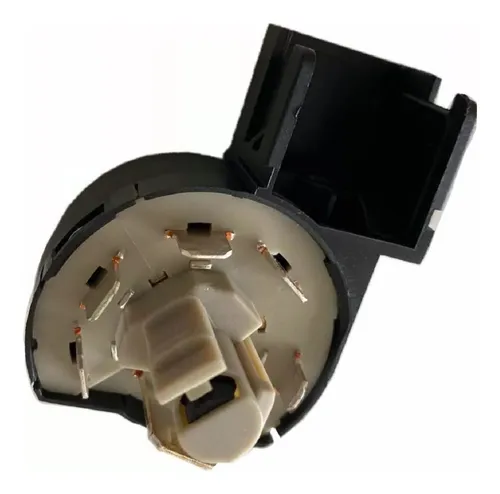Cómo Reparar Una Transmisión Automática

Automatic transmission failure can bring your vehicle to a standstill. Immediate action is needed if you suspect problems to avoid further costly damage.
This article provides a concise guide to diagnosing and potentially repairing an automatic transmission, offering essential steps to assess the situation and explore possible solutions. Knowing what to do now can save you time and money.
Initial Assessment: Is It Truly the Transmission?
Before diving into transmission repair, confirm that the problem isn't something else. Check the fluid level and condition first. Low or burnt fluid is a major red flag.
Examine the fluid dipstick. The fluid should be bright red and smell sweet. Dark brown or black fluid with a burnt odor indicates significant internal damage.
Common Symptoms of Transmission Problems
Several symptoms can signal a failing automatic transmission. These include slipping gears, delayed engagement, harsh shifting, and unusual noises.
Slipping gears occur when the transmission unexpectedly shifts into neutral. Delayed engagement is when there's a pause before the transmission engages when shifting into drive or reverse.
Harsh shifting feels like a jolt when gears change. Unusual noises, like whining or clunking, often indicate mechanical issues within the transmission.
Basic Diagnostic Steps You Can Take
Start by checking for any diagnostic trouble codes (DTCs) using an OBD-II scanner. These codes can pinpoint specific issues within the transmission system. Many auto parts stores offer free code scanning services.
Document all symptoms and DTCs. This information will be valuable whether you attempt the repair yourself or take the vehicle to a mechanic.
When to Consider Professional Help
Some repairs are best left to professionals. Complex repairs involving internal transmission components generally require specialized tools and knowledge.
If you lack experience working on transmissions, seek professional help. Attempting complex repairs without the proper skills can cause further damage and safety risks.
Simple Fixes That Might Work
In some cases, simple fixes can resolve minor transmission problems. For example, a fluid change might restore proper function if the fluid is simply old or contaminated.
However, be warned that simply changing the fluid on a transmission with existing problems can sometimes exacerbate the issue. The new fluid can loosen deposits that are actually helping to hold the failing components together.
Understanding Transmission Rebuild vs. Replacement
When a transmission fails completely, you'll typically face two options: rebuild or replacement. A rebuild involves disassembling the transmission, replacing worn or damaged parts, and reassembling it.
Replacement involves installing a new or remanufactured transmission. Rebuilding can be cheaper in some cases, but it depends on the extent of the damage. Replacement offers a more guaranteed solution but is often more expensive.
Cost Considerations
The cost of repairing an automatic transmission can vary widely. Fluid changes are relatively inexpensive, while rebuilding or replacing a transmission can cost thousands of dollars.
Get quotes from multiple shops before making a decision. Ensure the quotes include parts, labor, and any necessary diagnostic fees.
Preventative Maintenance is Key
Regular maintenance can significantly extend the life of your automatic transmission. Follow the manufacturer's recommended service intervals for fluid changes and inspections.
Avoid harsh driving habits such as rapid acceleration and hard braking. These habits put unnecessary stress on the transmission.
Next Steps
If you've determined that your automatic transmission needs repair, gather all relevant information. Contact reputable mechanics in your area for quotes and assessments.
Document all communication and repairs. This documentation can be helpful if you experience further problems in the future.
Prioritize getting your vehicle inspected promptly to prevent additional damage. Delaying repairs can lead to more extensive and costly problems down the road.


















